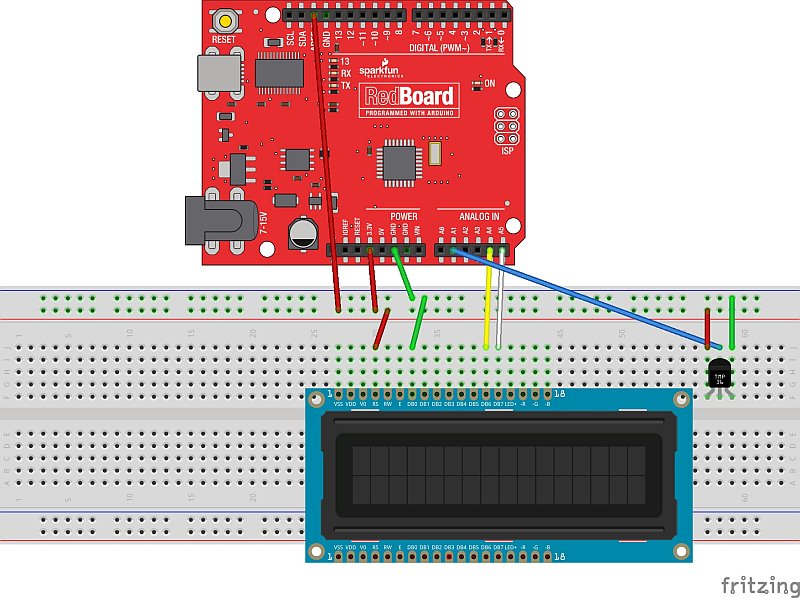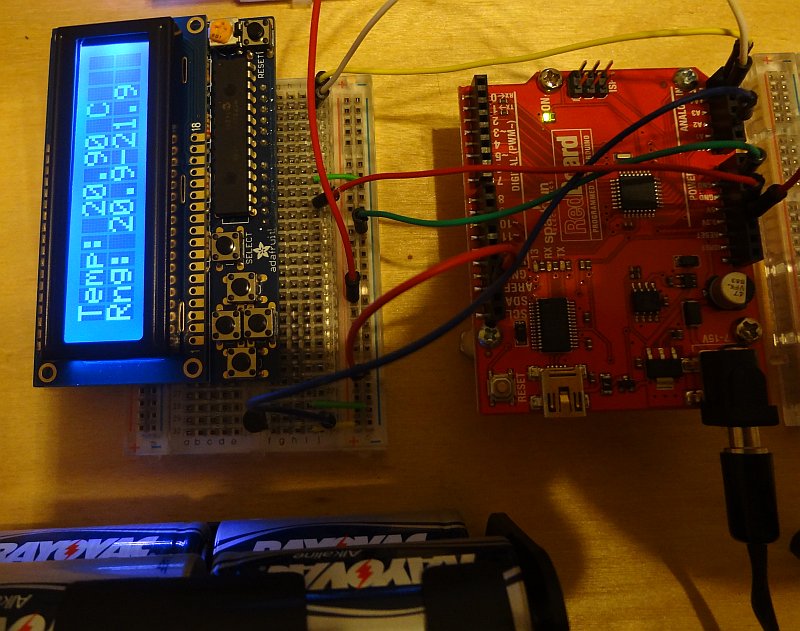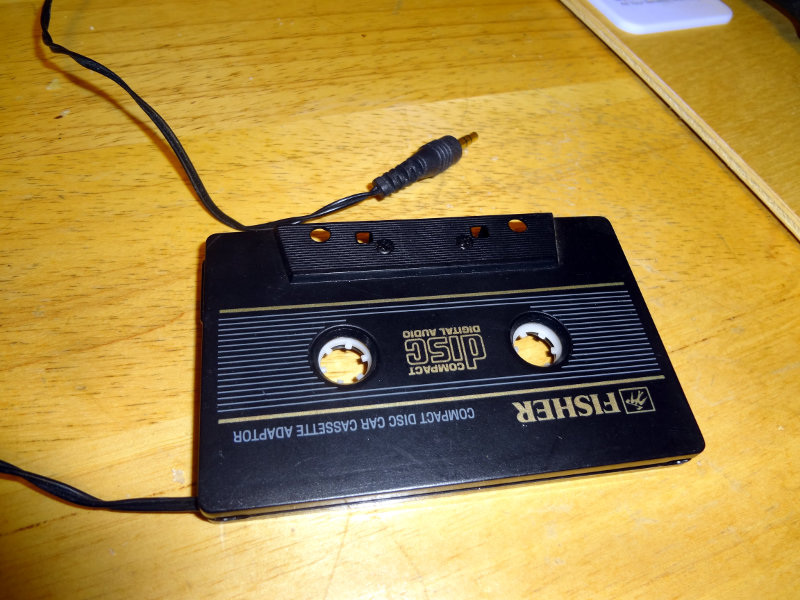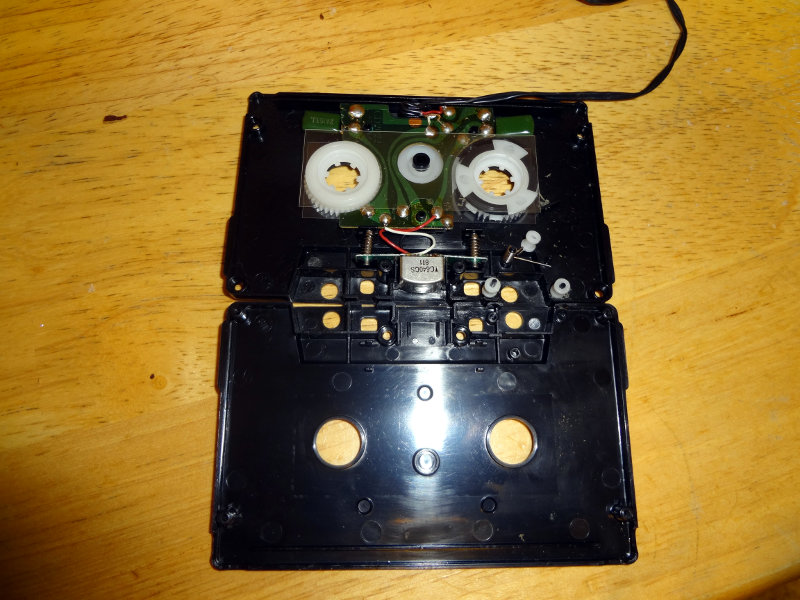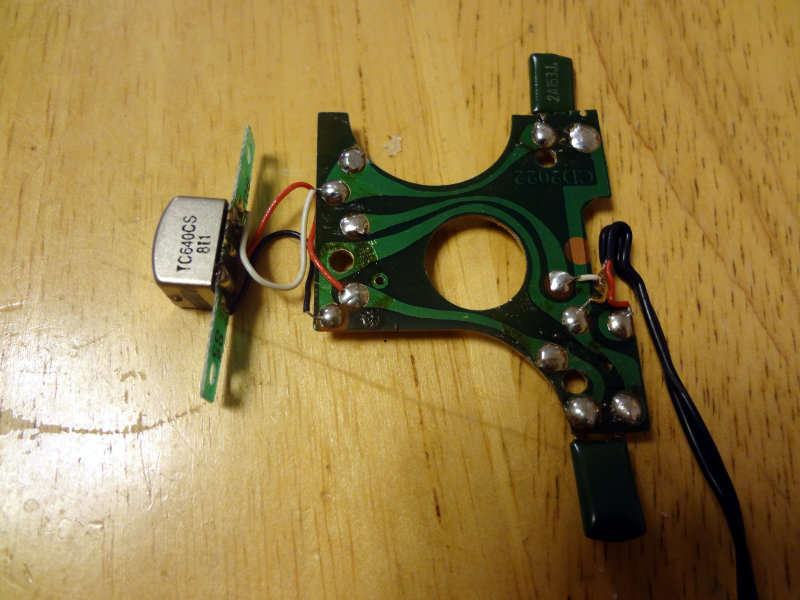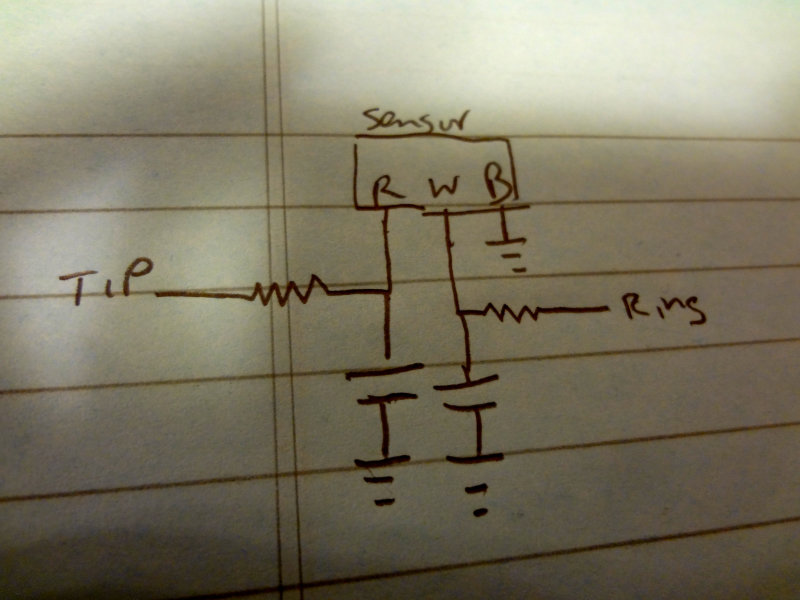Jason/NT7S launched the crowdfunding campaign for his version of an Si5351 breakout board last night, and already this morning it’s at over 150%. The stretch goal at $1 500 involves spending some more time on the software library to make the board easier to use.
It’s a neat little oscillator chip that seems to provide a lot of capabilities for not a lot of money. He’s been documenting his investigations on the chip at his blog for the past year now, including building a couple of receivers and transceivers around the Si5351.
The Si5351A is quite a capable IC at a very modest price. It is a PLL clock generator with three independent outputs which can each generate a separate signal from 8 kHz to 160 MHz. A 25 or 27 MHz reference oscillator is used for the two internal PLLs (the Etherkit breakout board uses a 25 MHz reference oscillator), which allows the user to choose the amount of frequency stability and accuracy required.
Go check out the Si5351 breakout board campaign on Indiegogo, and pick one up if it’s something you’ll find useful in an upcoming project.





